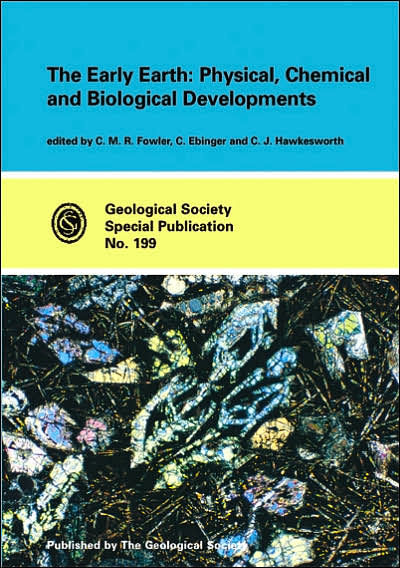The book is divided into three parts: (1) Geophysical and Petrological Constraints on Archaean Lithosphere: These papers highlight differences in structure and composition of Archaean and post-Archaean lithosphere, with contributions from seismologists, petrologists, and geochemists. Seismic evidence for the formation and evolution of cratons is presented. Shear wave splitting results, petrologic data and crustal deformation fabrics are used to characterize variations of anisotropy in order to investigate the coupling and decoupling of the crust and upper mantle beneath cratons, isotopic data from large cratons suggesting that the lithospheric mantle is the same age as the overlying crust, provide further constraints on the modification of cratonic roots with time. (2) Models of Cratonic Evolution and Modification: These papers focus on global and regional models of cratonic accretion based on evidence from the rock record. Numerical models of cratonic rock both in normal mantle flow and in the presence of plums suggest that cratons decrease in size by lateral erosion rather than by thinning. (3) Constraints on the Archaean Environment: These papers are concerned with the physical, chemical and biological controls on Earth's surface environment in the late Hadean and the Archaean. Archaean strata record the earlybiogenic controls on the carbon cycle, and shift to an oxygen-rich atmosphere. The timing of hydrogen loss, carbon-dioxide build-up, the appearance of life, and the origins of photosynthesis are all controversial topics discussed here. Subjects covered include the chemical and biological controls on the atmospheric and oceans, early controls on the carbon cycle and photosynthesis, petrologic, isotopic, tectonic and seismic evidence for the composition and structure of Archaean lithosphere.
The book is divided into three parts: (1) Geophysical and Petrological Constraints on Archaean Lithosphere: These papers highlight differences in structure and composition of Archaean and post-Archaean lithosphere, with contributions from seismologists, petrologists, and geochemists. Seismic evidence for the formation and evolution of cratons is presented. Shear wave splitting results, petrologic data and crustal deformation fabrics are used to characterize variations of anisotropy in order to investigate the coupling and decoupling of the crust and upper mantle beneath cratons, isotopic data from large cratons suggesting that the lithospheric mantle is the same age as the overlying crust, provide further constraints on the modification of cratonic roots with time. (2) Models of Cratonic Evolution and Modification: These papers focus on global and regional models of cratonic accretion based on evidence from the rock record. Numerical models of cratonic rock both in normal mantle flow and in the presence of plums suggest that cratons decrease in size by lateral erosion rather than by thinning. (3) Constraints on the Archaean Environment: These papers are concerned with the physical, chemical and biological controls on Earth's surface environment in the late Hadean and the Archaean. Archaean strata record the earlybiogenic controls on the carbon cycle, and shift to an oxygen-rich atmosphere. The timing of hydrogen loss, carbon-dioxide build-up, the appearance of life, and the origins of photosynthesis are all controversial topics discussed here. Subjects covered include the chemical and biological controls on the atmospheric and oceans, early controls on the carbon cycle and photosynthesis, petrologic, isotopic, tectonic and seismic evidence for the composition and structure of Archaean lithosphere.

Early Earth: Physical, Chemical and Biological Development
352
Early Earth: Physical, Chemical and Biological Development
352Hardcover

Product Details
| ISBN-13: | 9781862391093 |
|---|---|
| Publisher: | Geological Society Publishing House |
| Publication date: | 01/27/2003 |
| Series: | Special Publications Ser. |
| Pages: | 352 |
| Product dimensions: | 7.00(w) x 9.80(h) x 0.90(d) |
